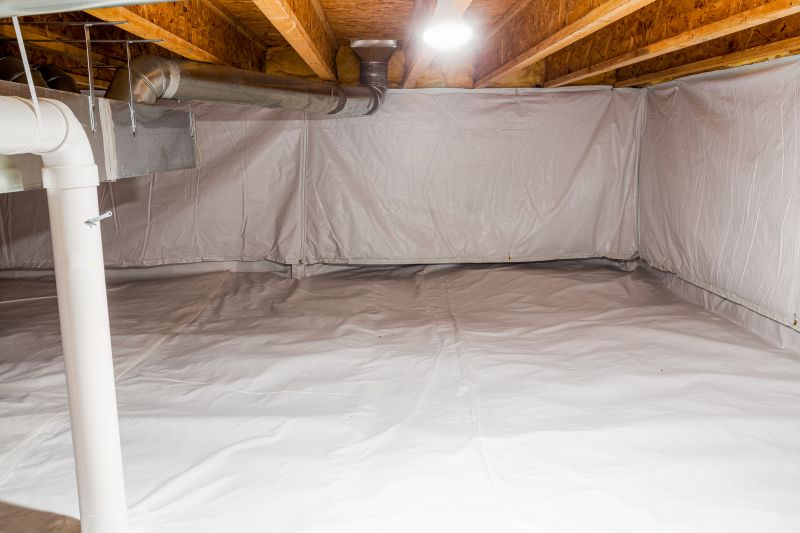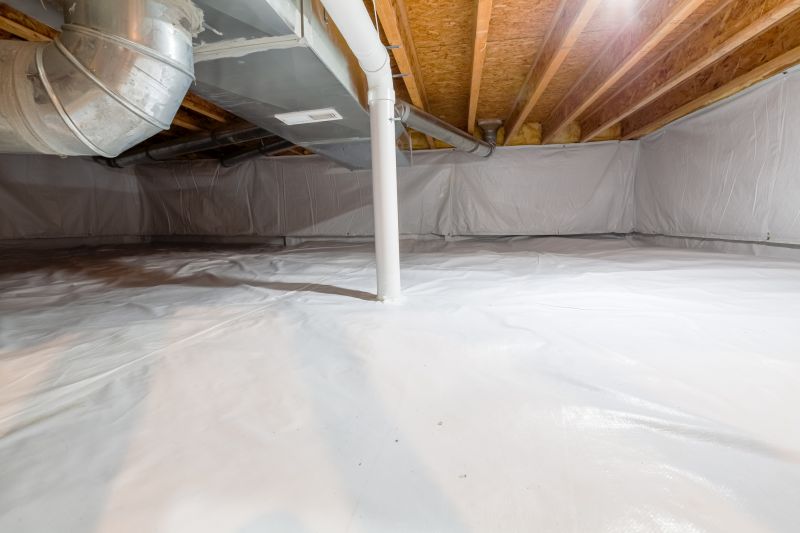Efficient Crawlspace Encapsulation for Long-Term Protection
Crawlspace encapsulation is a comprehensive process designed to improve indoor air quality, prevent moisture issues, and protect the structural integrity of a building. Proper encapsulation involves sealing the crawlspace with a vapor barrier, insulating the area, and installing a dehumidification system if necessary. This service is essential for maintaining a healthy and durable home environment in Farmington, MN.
Encapsulation prevents excess moisture from entering the crawlspace, reducing the risk of mold growth and wood rot that can compromise the foundation.
Sealing the crawlspace helps improve energy efficiency by reducing heat loss, leading to lower heating and cooling costs.
Reducing mold and dust mites in the crawlspace contributes to better indoor air quality and can alleviate allergy and asthma symptoms.
Encapsulation shields the foundation and supports the longevity of the home by preventing water intrusion and pest infestations.

A finished crawlspace with a sealed vapor barrier and insulation, showcasing the effectiveness of encapsulation.

Interior view of a properly sealed crawlspace with insulation and vapor barrier installed.

Close-up of a durable vapor barrier installed on the crawlspace floor, preventing moisture ingress.

A well-insulated crawlspace that helps maintain temperature control and prevents moisture problems.
Neglecting crawlspace encapsulation can lead to serious issues such as mold growth, wood rot, increased energy costs, and pest infestations. These problems can compromise the safety and durability of a home, resulting in costly repairs over time. Proper encapsulation provides a reliable barrier against these risks, ensuring a healthier and more efficient living environment.
| Benefits of Crawlspace Encapsulation | Risks of Not Encapsulating |
|---|---|
| Reduces moisture and mold growth | Increases risk of mold and mildew |
| Improves indoor air quality | Allows dust mites and pests to thrive |
| Enhances energy efficiency | Leads to higher heating and cooling costs |
| Protects foundation from water damage | Potential for structural deterioration |
| Prevents wood rot and pest infestations | Increased likelihood of pest infestations |
| Maintains temperature stability | Unstable indoor temperatures |
| Extends the lifespan of the home | Potential for costly repairs |
| Supports healthier indoor environments | Compromised indoor air quality |


